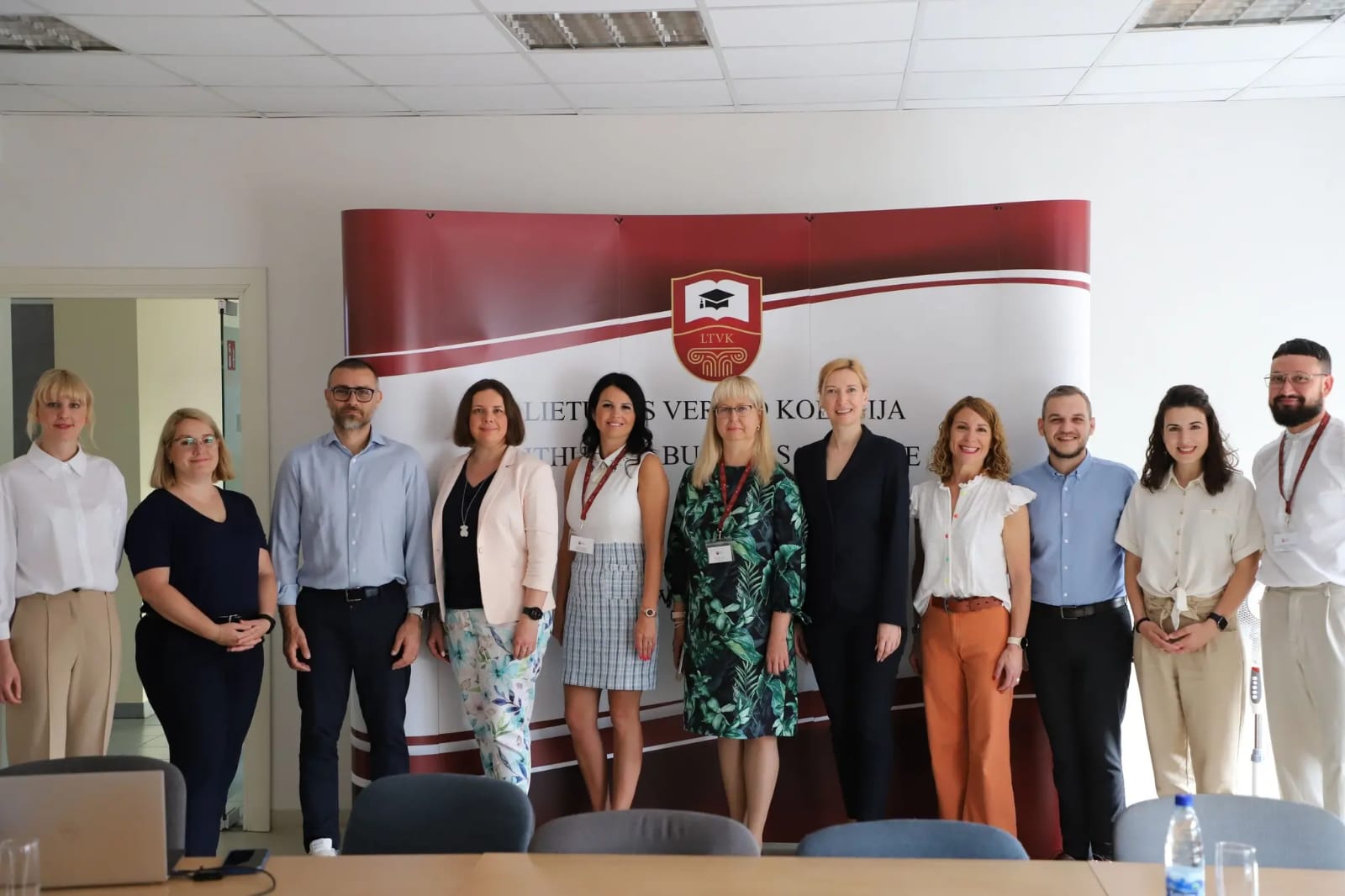
Under this premise, one of the working dynamics of our first face-to-face meeting, held a few days ago at the Lithuania Business University of Applied Sciences, was developed with the aim of defining the strategy of our alliance “SAMExperience TEAM”. The focus of our project is on sustainable alliances and this approach should also be applied to our own partnership: SAMExperience TEAM. Partnerships and alliances require the common goals, values, rules, among other key aspects; shared by all the partners so that all the efforts are oriented towards the common purpose.
First, goals, roles and skills, values, rules and activities and the purpose of our team SAMExperience TEAM were defined in order to manage the alliance of our team strategically.
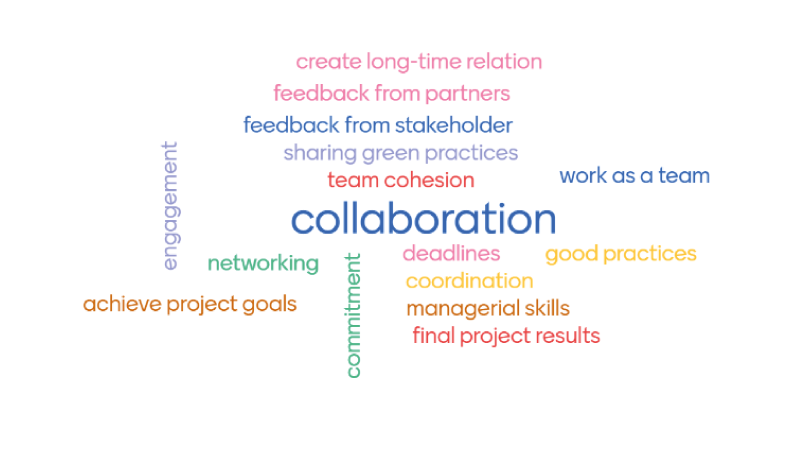
When a team defines the goals of the alliance it has to be considered, not only what we want to achieve as a group, but also what we want to achieve individually.
In our case, collaboration and feed-back were two of the most repeated goals as a team.
In the case of the individual goals, there were as many goals as persons are in our team. Despite this, learning and networking were the most mentioned goals.
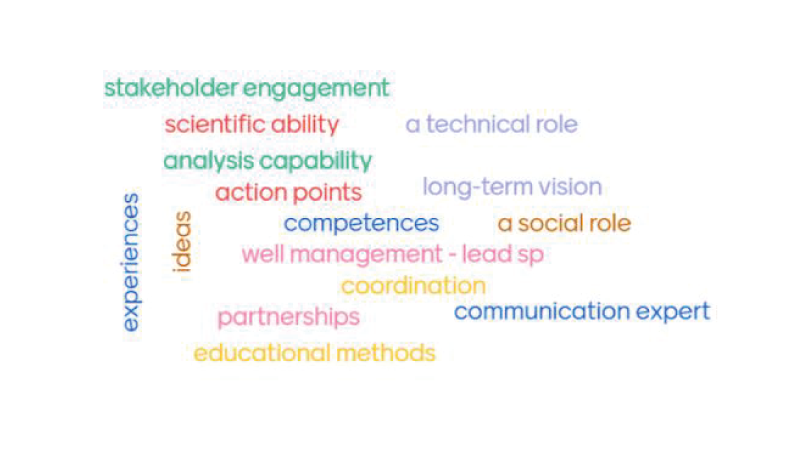
Although technical skills could be considered the most important ones for the development of an alliance, in our case, coordination, engagement and communication were some of the roles and skills identified as crucial in our strategic alliance. An explanation for these results might be that technical skills are easy to learn.
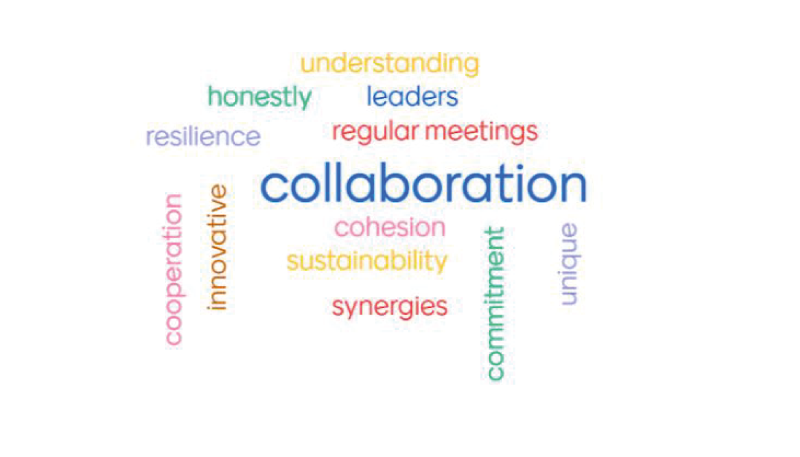 As a result of the analysis of the principles that guide our alliance “SAMExperience TEAM”, the common values that we want to be at the core of our team we identified collaboration, sustainability, honesty and commitment.
As a result of the analysis of the principles that guide our alliance “SAMExperience TEAM”, the common values that we want to be at the core of our team we identified collaboration, sustainability, honesty and commitment.
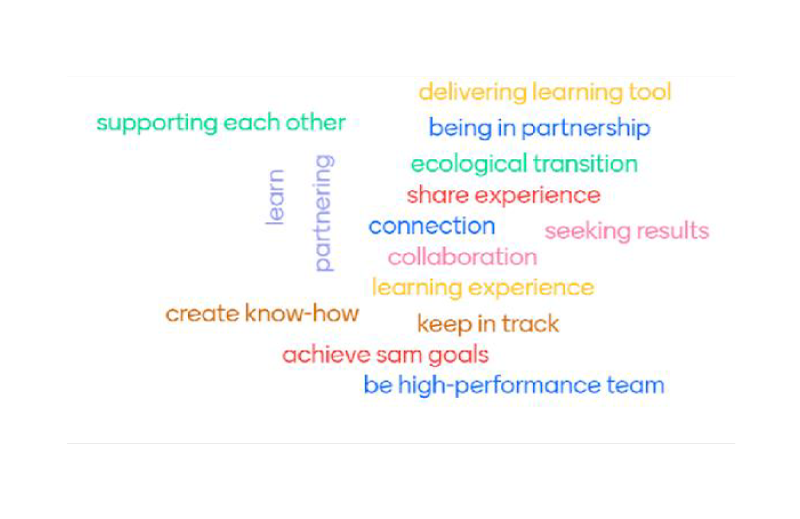
Finally, the “SAMExperience TEAM” decided that activities related with communication, decision process, orientation to results or planification… are going to help us to reach our purpose: collaborate, create knowledge and work as a high-performing team with an ecological perspective.
In conclusion, working with people and organisations different from us can generate negative emotions that can lead to conflicts and problems if the team alliance has not been worked out. That is why the design of the strategic alliance by the team members gives people the opportunity to express their needs and desires and facilitates the agreement on the team’s way of being and functioning.
Because there is no “I” in TEAM
Written by Mondragon Unibertsitatea (MUE), Spain

